10 Things You Didn’t Know About How Dogs Understand Humans
The relationship between humans and dogs is a tale as old as time, woven into human history's fabric. Dogs have transitioned from wild companions to indispensable family members, offering loyalty, protection, and unconditional love. This unique bond has evolved into a complex interplay of emotions and understanding that transcends simple companionship. Recent studies have uncovered surprising insights into how deeply dogs comprehend human emotions, intentions, and even our unspoken words. As we delve into these revelations, we find ourselves called to forge deeper connections with our canine friends, understanding that their perception of us is far richer than we ever imagined. This exploration enriches our relationship with dogs and invites us to reflect on how we communicate with them. By understanding these insights, we can enhance the profound bond we share with our four-legged companions, ensuring it continues to thrive in unprecedented ways.
1. The Science of Canine Emotion Recognition

One of the most compelling insights into the human-dog relationship is dogs' ability to recognize and respond to human emotions. Research indicates that dogs can react accordingly to differentiate between happy and angry human faces. This ability suggests that dogs have evolved alongside humans, developing a keen sensitivity to our emotional states. Functional MRI scans have shown that dogs process human emotions in a similar part of the brain as humans do, indicating a neurological basis for this understanding. This emotional attunement allows dogs to offer comfort and companionship precisely when we need it most, strengthening our bond with them. Understanding this ability encourages us to be more mindful of our emotional expressions around dogs, knowing they are acutely aware of our moods.
2. Understanding Human Speech and Commands
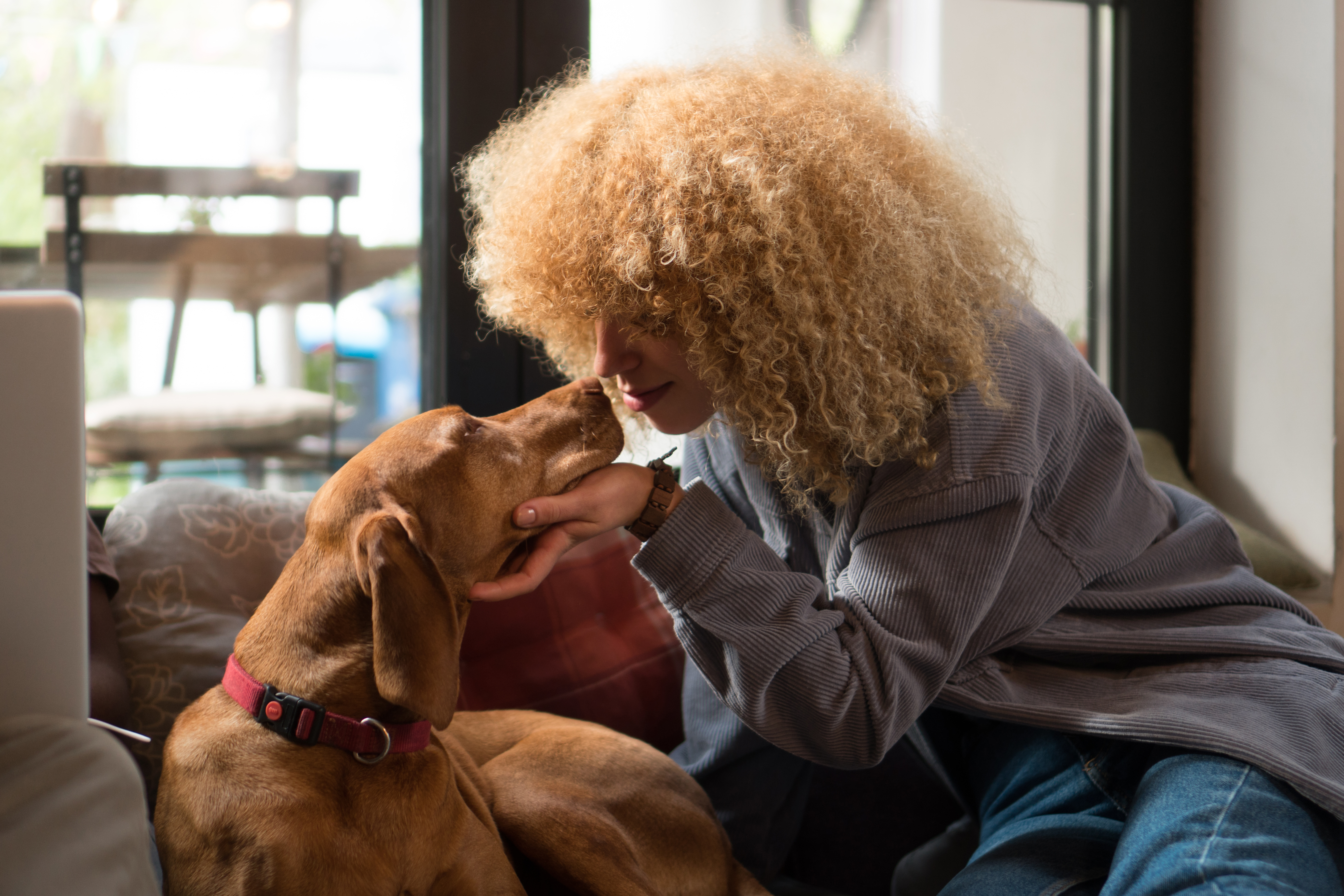
While it is well known that dogs can learn commands, recent research suggests their understanding of human language goes beyond simple obedience. Dogs can differentiate between words and intonation, processing them in different brain hemispheres, like humans. They recognize familiar words regardless of the speaker, indicating a previously underestimated linguistic comprehension level. This ability is not limited to commands; dogs can also understand conversations' context and emotional content. This insight challenges us to communicate more intentionally with our dogs, recognizing their capacity to understand what we say and how we say it. Acknowledging their linguistic capabilities can enhance our training methods and deepen our interactions with them.
3. The Role of Oxytocin in Human-Dog Interaction
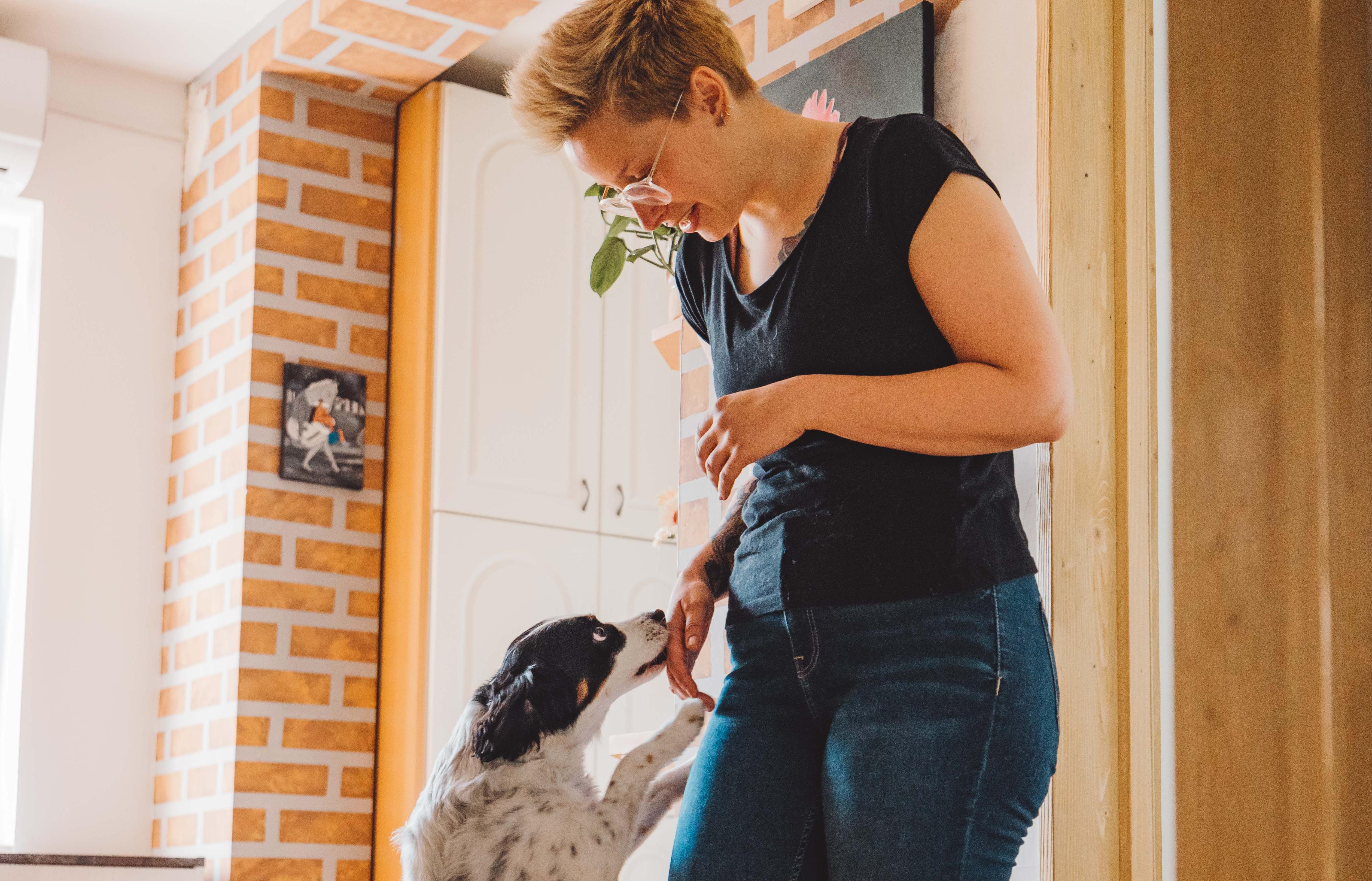
Oxytocin, often called the "love hormone," is significant in the bond between humans and dogs. Studies have shown that when humans and dogs gaze into each other's eyes, both experience a rise in oxytocin levels, fostering a sense of mutual affection and attachment. This hormonal exchange is similar to the bond between a parent and child, highlighting the depth of our connection with dogs. The presence of oxytocin not only strengthens our emotional bond but also enhances our ability to communicate and empathize with each other. This physiological response encourages us to engage in activities that promote eye contact and bonding, such as play and training, to cultivate a deeper relationship with our dogs.
4. Dogs' Ability to Sense Human Health Conditions

Dogs possess an extraordinary ability to detect changes in human health, often before we know them ourselves. Their keen sense of smell allows them to identify subtle changes in body chemistry, alerting them to conditions such as cancer, diabetes, and seizures. This ability has led to the development of medical alert dogs, who provide invaluable assistance to individuals with chronic health issues. The implications of this insight extend beyond practical assistance; it highlights the depth of dogs' understanding and concern for human well-being. By acknowledging and harnessing this ability, we can deepen our appreciation for dogs' roles in our lives, recognizing them as companions, protectors, and caregivers.
5. The Impact of Human-Dog Interaction on Mental Health
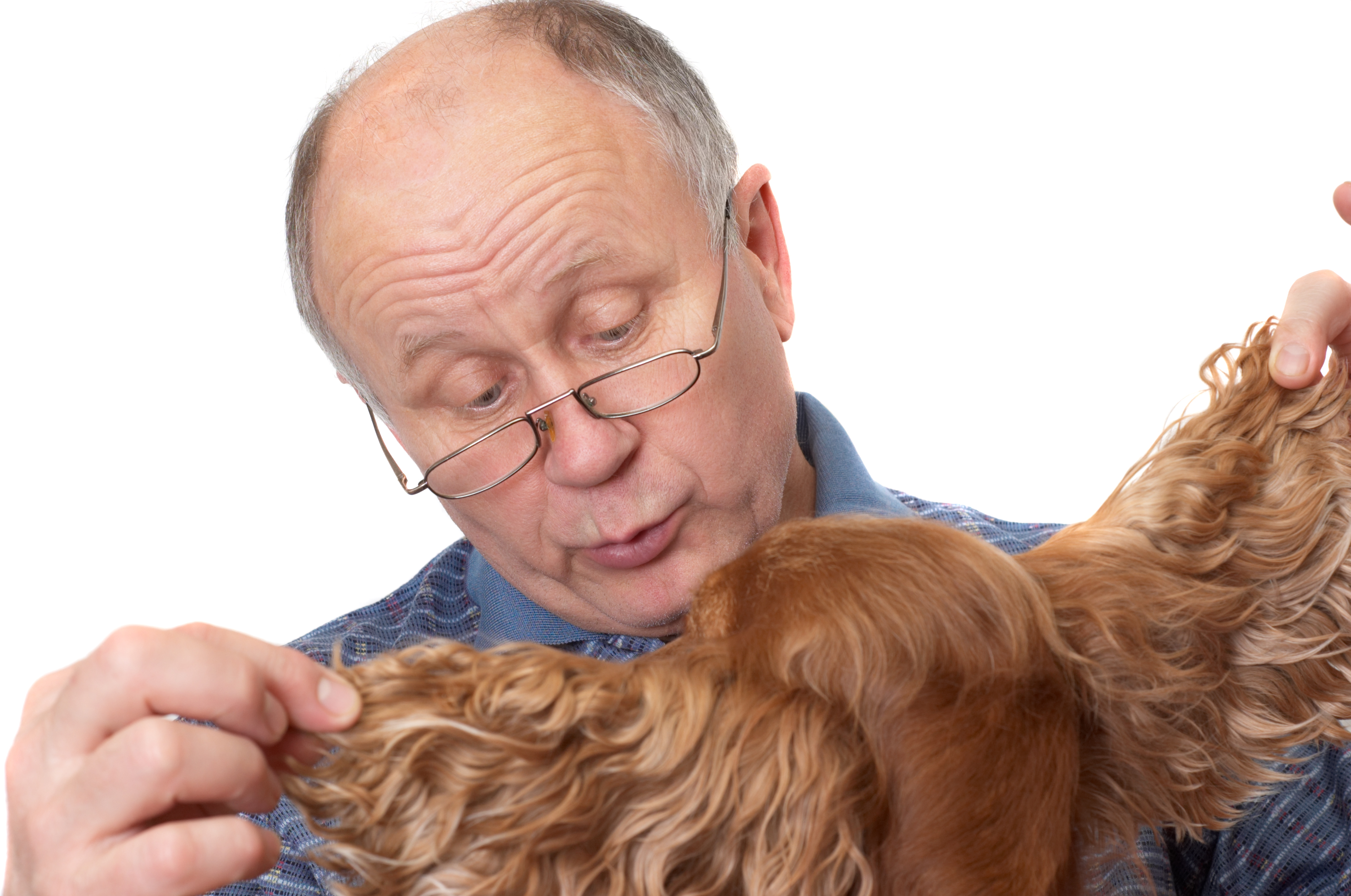
The presence of a dog has been shown to significantly impact human mental health, providing relief from stress, anxiety, and depression. The simple act of petting a dog can lower blood pressure and release serotonin and dopamine, neurotransmitters associated with feelings of happiness and well-being. This therapeutic effect underscores the importance of dogs in our emotional lives, offering a non-judgmental presence that encourages relaxation and comfort. Understanding this impact calls us to value dogs' emotional support, recognizing their potential to enhance our mental health and overall quality of life. We can promote mental well-being and strengthen the human-dog bond by fostering environments that encourage interaction with dogs.
6. Dogs' Social Intelligence and Human Interaction

Dogs are remarkably adept at interpreting human social cues, such as gestures, body language, and eye movements. This social intelligence allows them to navigate complex human environments, understanding group dynamics and individual relationships. Dogs can discern when humans communicate with each other versus when they are addressing the dog, adjusting their behaviour accordingly. This insight into their social acumen encourages us to engage with dogs more nuancedly, appreciating their ability to participate in our social lives. By involving dogs in social activities and interactions, we can enhance their understanding of human behaviour and strengthen our bond.
7. The Evolutionary Path to Human-Dog Cooperation
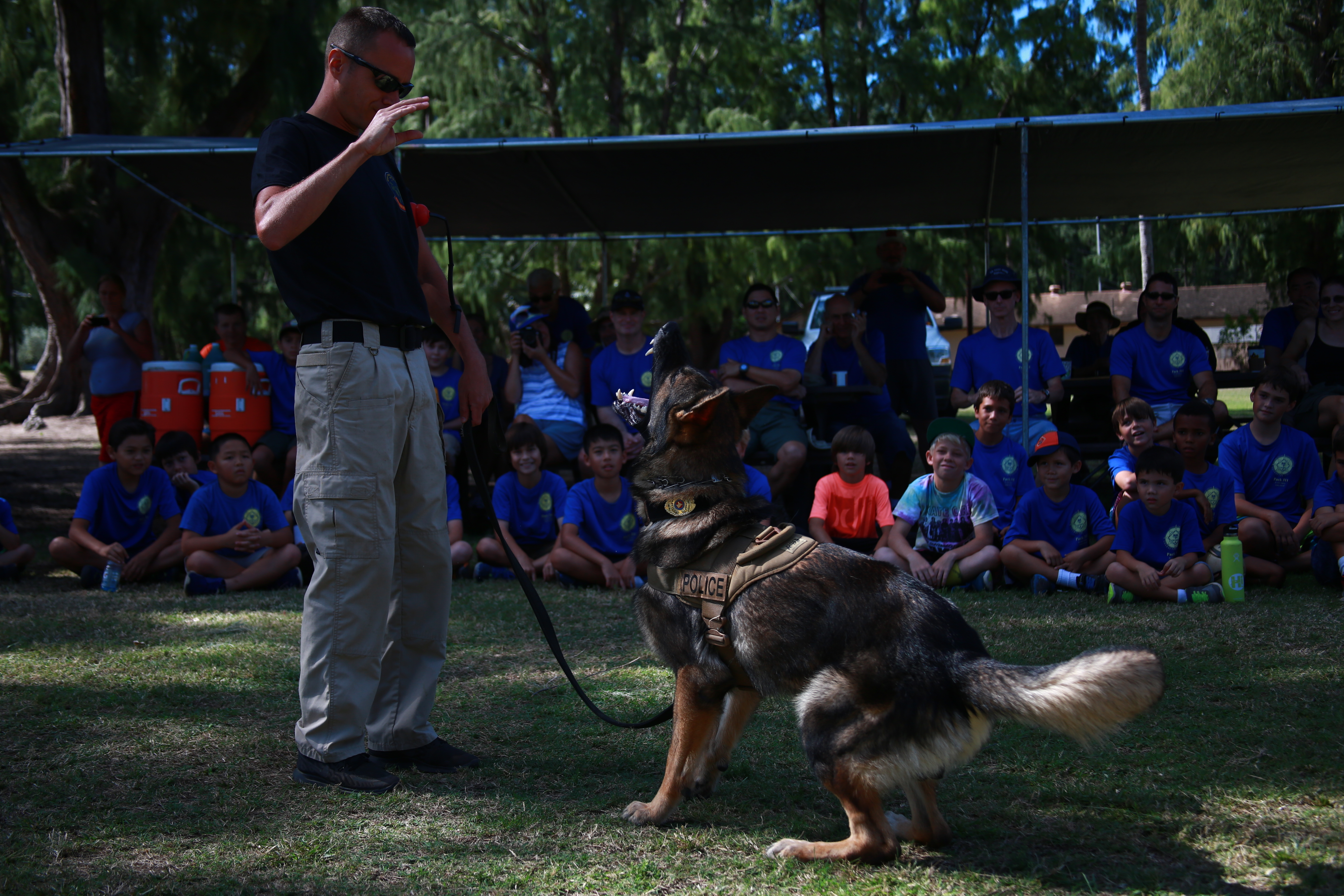
The journey from wild wolves to domesticated dogs is a testament to the evolutionary benefits of human-dog cooperation. This partnership has been mutually beneficial, with dogs providing protection and assistance in exchange for food and companionship. Over thousands of years, dogs have developed traits that enhance their ability to work with humans, such as trainability, loyalty, and empathy. This evolutionary path highlights the deep-seated connection between our species, rooted in shared survival and success. Understanding this history encourages us to appreciate the innate qualities that make dogs such effective companions and partners, fostering a deeper gratitude and respect for their role in our lives.
8. Dogs' Role in Human Development and Learning
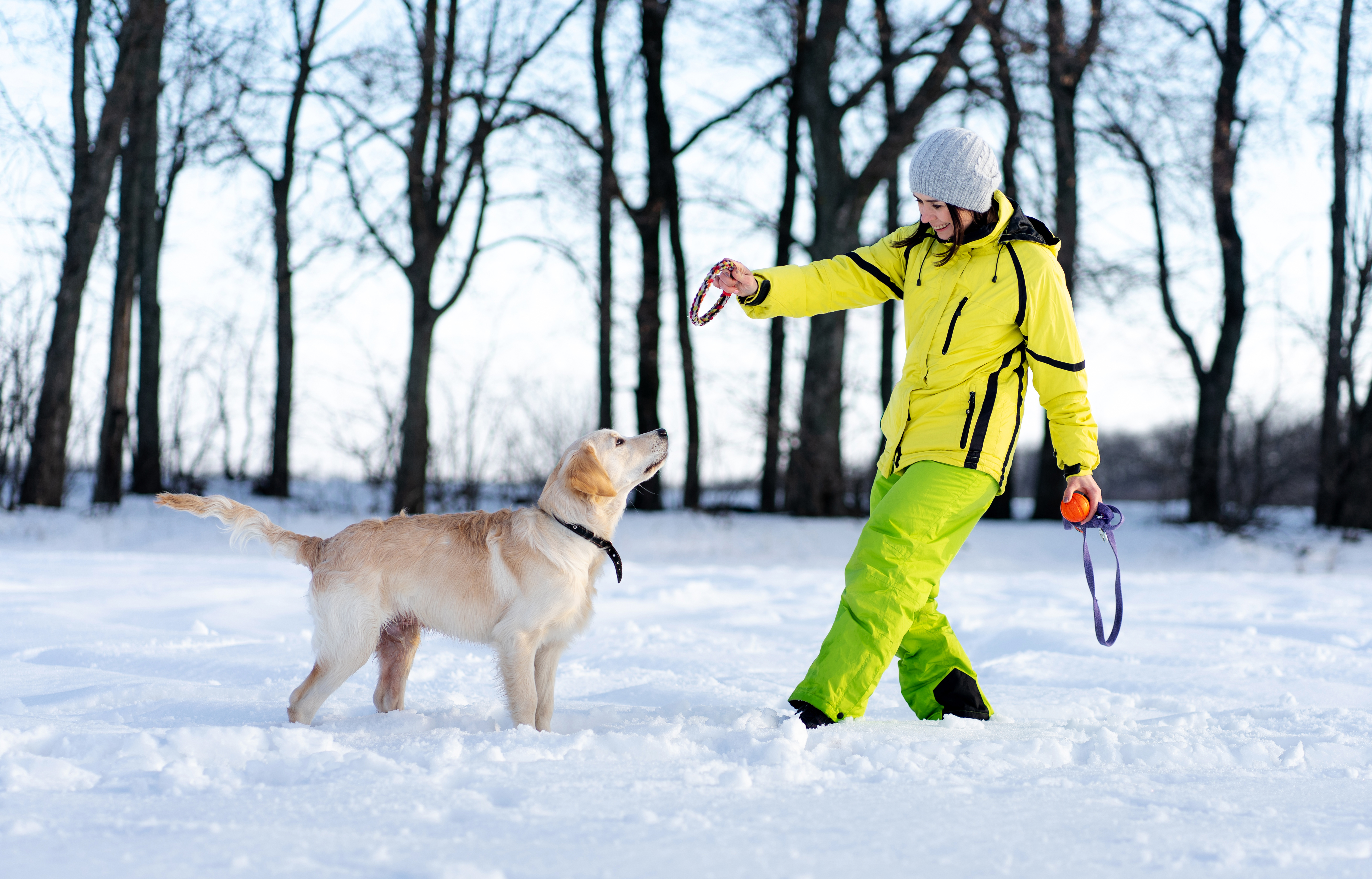
Dogs play a significant role in human development, particularly in children, by promoting social skills, empathy, and responsibility. Interactions with dogs teach children about non-verbal communication, emotional regulation, and the importance of caring for others. This educational role extends to adults, offering opportunities for personal growth and self-reflection. The presence of a dog can encourage individuals to adopt healthier lifestyles, engage in outdoor activities, and develop routines that promote well-being. By recognizing the developmental benefits of human-dog interactions, we can create environments supporting these relationships, enhancing individual growth and community well-being.
9. The Future of Human-Dog Relationships in Society

As society evolves, so does the role of dogs in our lives. Urbanization, technological advancements, and changing lifestyles present new challenges and opportunities for human-dog relationships. Dogs are increasingly recognized for their contributions to therapy, education, and even the workplace, highlighting their versatility and adaptability. As we navigate these changes, it is crucial to consider how we can continue to support and nurture the bond between humans and dogs. This includes advocating for dog-friendly policies, promoting responsible pet ownership, and exploring innovative ways to integrate dogs into our daily lives. By embracing these opportunities, we can ensure that the human-dog bond remains a vital and cherished aspect of our society.
10. Practical Steps to Deepen Your Bond with Your Dog
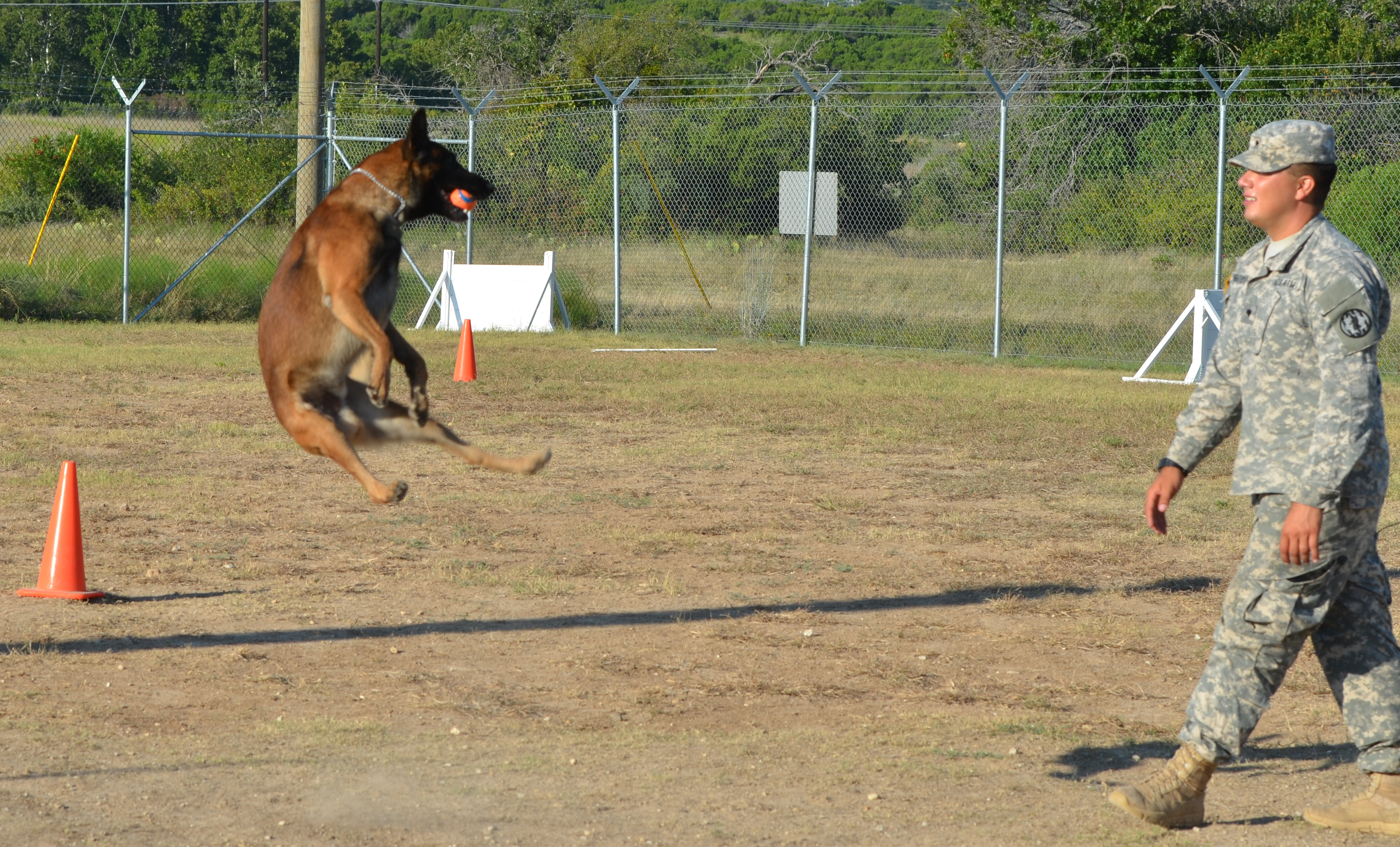
With a deeper understanding of how dogs perceive and interact with us, we are better equipped to strengthen our bond with them. Simple practices, such as spending quality time together, engaging in training exercises, and providing mental and physical stimulation, can enhance our relationship with our dogs. Mindful communication, including the use of consistent language and positive reinforcement, fosters trust and understanding. Additionally, recognizing and respecting our dogs' individual personalities and needs allows us to tailor our interactions to suit them best. By implementing these practices, we can create a harmonious and fulfilling relationship with our dogs, ensuring our bond continues growing and thriving.
Embracing the Call to Bond Deeper
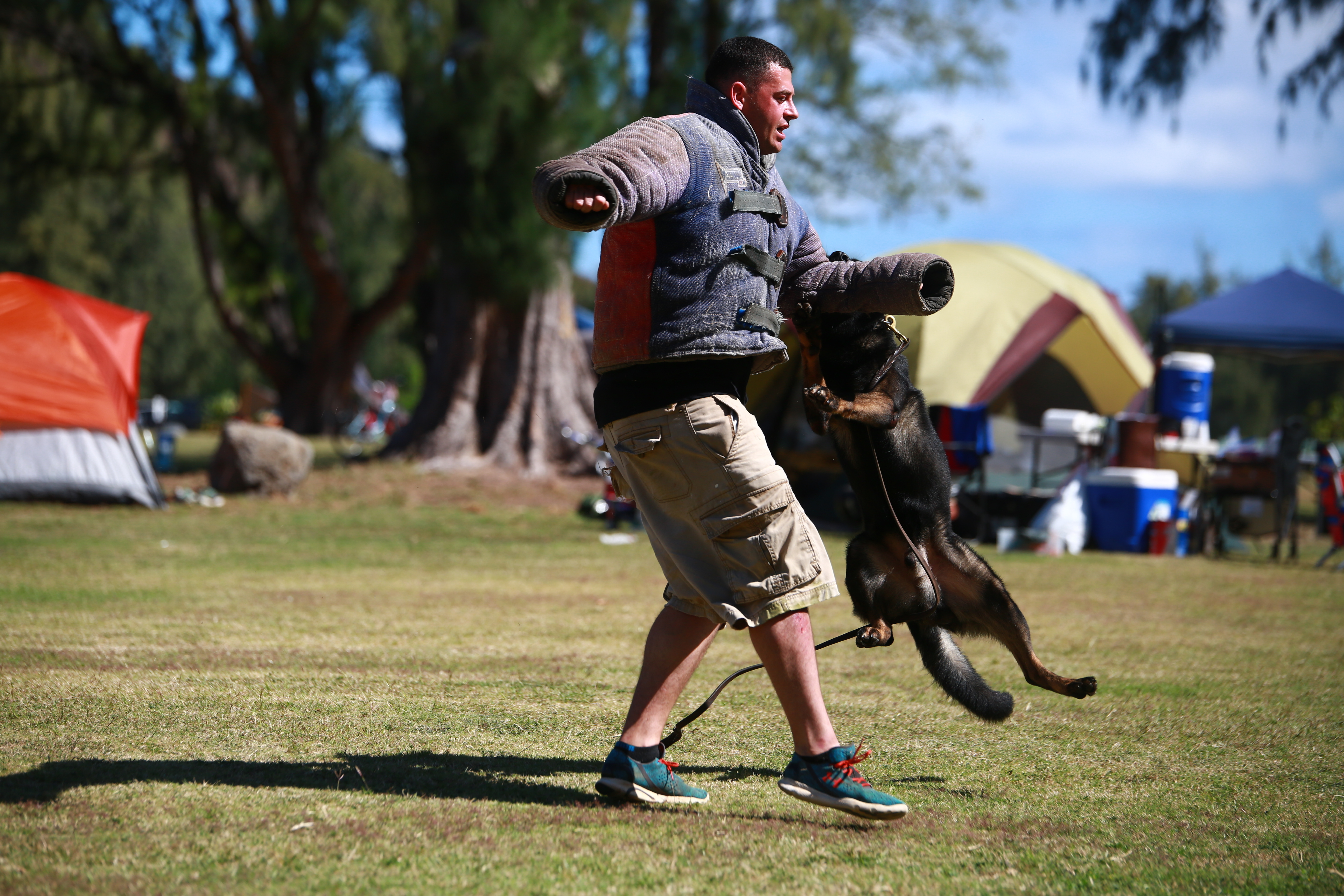
The insights from exploring the human-dog relationship reveal a rich tapestry of understanding, emotion, and cooperation. We are called to nurture this bond with greater intention and care as we recognize the depth of dogs' comprehension and their profound impact on our lives. By embracing these insights, we can deepen our connection with our canine companions, enriching our lives and theirs. This journey of understanding and appreciation is a testament to the unique relationship we share with dogs and an invitation to explore the possibilities of what this bond can achieve. As we continue to learn from and with our dogs, we find ourselves bonded deeper and inspired by our partnership's limitless potential.







